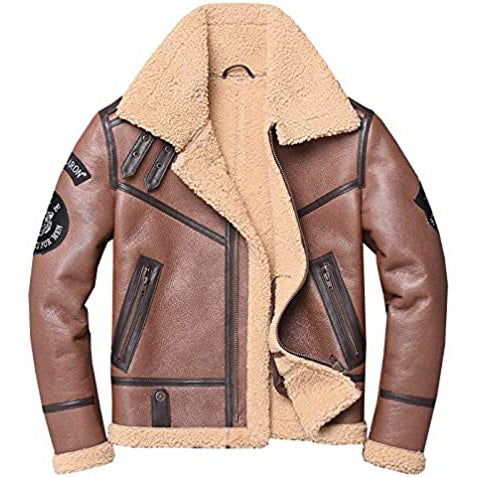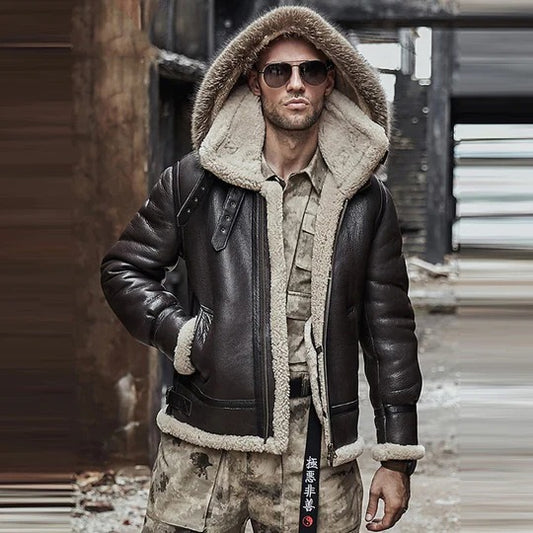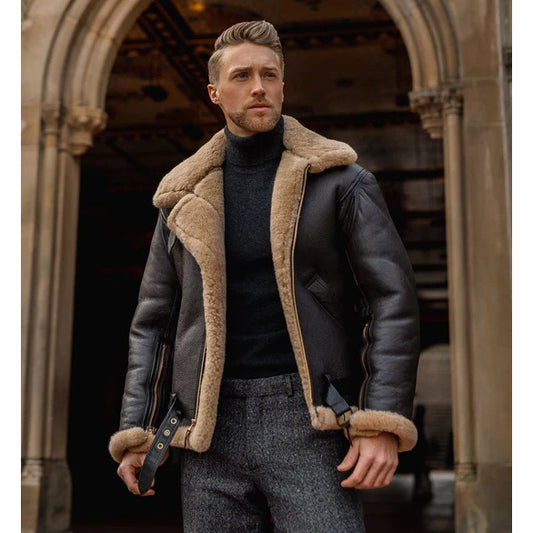Introduction
Faux leather, often referred to as synthetic or vegan leather, has become a popular alternative to traditional leather in the fashion and upholstery industries. With its aesthetic appeal and ethical considerations, faux leather offers a versatile option for consumers seeking cruelty-free, affordable, and durable materials. This blog post will dive deep into what faux leather is, how it's made, its benefits, and why it’s an excellent choice for various applications.
What is Faux Leather?
Faux leather is a synthetic material designed to mimic the appearance and texture of real leather. It is typically made from a fabric base, which is treated with polyurethane (PU) or polyvinyl chloride (PVC) to give it a leather-like finish. Unlike genuine leather, which is derived from animal hides, faux leather is entirely man-made, making it a cruelty-free alternative.
Types of Faux Leather
-
Polyurethane (PU) Leather: Known for its softness and flexibility, PU leather is the most common type of faux leather. It is made by coating a fabric base with polyurethane, which is then treated to resemble the texture of real leather.
-
Polyvinyl Chloride (PVC) Leather: PVC leather is made by adding plasticizers and dye to PVC to create a more durable and rigid material. It is often used in applications where high durability and resistance to moisture are required.
-
Bio-based Faux Leather: This eco-friendly alternative is made from natural materials like cork, apple peels, or other plant-based substances. It offers a sustainable option for those concerned with environmental impact.
Benefits of Faux Leather
Faux leather has gained popularity for several reasons, including:
-
Ethical Considerations: Faux leather is a cruelty-free option, making it a popular choice among consumers who are concerned with animal welfare. It aligns with the values of vegans and others who avoid animal products.
-
Affordability: Faux leather is generally more affordable than real leather. The manufacturing process is less expensive, and the material is widely available, making it an accessible option for many consumers.
-
Durability: Faux leather is resistant to scratches, stains, and water, making it ideal for various uses, from fashion to furniture. It does not crack or peel as easily as real leather and can withstand heavy use.
-
Variety: Faux leather comes in a wide range of colors, finishes, and textures, offering greater versatility in design compared to real leather. It can be made to mimic the look of exotic leathers, like snakeskin or crocodile, without the environmental or ethical concerns.
-
Maintenance: Caring for faux leather is relatively easy. It can be wiped clean with a damp cloth and does not require the same level of conditioning as real leather. Faux leather is also resistant to fading, which helps it maintain its appearance over time.
How is Faux Leather Made?
The process of making faux leather involves several steps:
-
Fabric Base Selection: The foundation of faux leather is a fabric base, which can be made from polyester, cotton, or other materials. This base provides the strength and flexibility of the finished product.
-
Application of Coating: The fabric base is coated with either polyurethane (PU) or polyvinyl chloride (PVC). This coating is applied in layers, creating a smooth, leather-like surface.
-
Embossing and Texturing: To give faux leather its characteristic look and feel, the coated fabric is embossed with patterns that mimic the grain of real leather. This step is crucial in creating a realistic appearance.
-
Finishing: Finally, the faux leather is treated with dyes and finishes to achieve the desired color and sheen. This step can also include additional treatments to enhance durability, such as UV protection or waterproofing.
Faux Leather vs. Real Leather
Understanding the differences between faux leather and real leather is essential for making an informed choice:
-
Material Source:
- Faux Leather: Made from synthetic materials (PU, PVC, or plant-based alternatives).
- Real Leather: Derived from animal hides, usually from cows.
-
Cost:
- Faux Leather: Generally less expensive due to the lower cost of production.
- Real Leather: More costly because of the processing of animal hides.
-
Durability:
- Faux Leather: Resistant to stains, water, and scratches but may not age as gracefully as real leather.
- Real Leather: Develops a patina over time, becoming softer and more attractive with age.
-
Environmental Impact:
- Faux Leather: Can be less environmentally friendly due to the use of plastics, though bio-based options are available.
- Real Leather: Involves animal farming, which has a significant environmental footprint, though it is biodegradable.
-
Ethical Considerations:
- Faux Leather: Cruelty-free, appealing to those who avoid animal products.
- Real Leather: Involves the use of animal hides, raising concerns for animal rights advocates.
Applications of Faux Leather
Faux leather is used in various industries, including:
-
Fashion: Faux leather is popular in clothing, accessories, and footwear. It offers a stylish and affordable alternative to real leather while catering to consumers who prefer vegan products.
-
Furniture: Faux leather is commonly used in upholstery for sofas, chairs, and car seats. Its durability and ease of maintenance make it a practical choice for households and commercial settings.
-
Automotive: The automotive industry uses faux leather for car interiors, offering a luxurious look without the high cost of real leather.
-
Home Décor: From cushions to wall coverings, faux leather is a versatile material in home décor, adding texture and sophistication to any space.
Caring for Faux Leather
To maintain the appearance and longevity of faux leather products, follow these care tips:
-
Cleaning:
- Wipe the surface with a damp cloth to remove dust and dirt.
- Use a mild soap solution for stubborn stains, but avoid harsh chemicals that can damage the surface.
-
Avoiding Heat:
- Keep faux leather items away from direct sunlight and heat sources, as excessive heat can cause the material to warp or crack.
-
Storage:
- Store faux leather products in a cool, dry place. Avoid folding or creasing the material, which can lead to permanent marks.
-
Conditioning:
- Unlike real leather, faux leather does not require regular conditioning. However, using a protective spray can help maintain its appearance.
The Environmental Impact of Faux Leather
While faux leather offers a cruelty-free alternative to animal leather, its environmental impact is a topic of concern. Traditional faux leather made from PVC or PU involves the use of plastics, which are derived from non-renewable resources and contribute to pollution.
However, innovations in bio-based faux leather are providing more sustainable options. These materials are made from renewable resources and are biodegradable, reducing their environmental footprint. As consumers become more environmentally conscious, the demand for eco-friendly faux leather alternatives is likely to grow.
Expert Opinion: The Future of Faux Leather
According to industry experts, the future of faux leather lies in sustainability and innovation. With increasing consumer demand for ethical and environmentally friendly products, manufacturers are investing in research and development to create high-quality, sustainable alternatives to traditional leather.
"Faux leather has come a long way in terms of quality and sustainability," says Sarah Greene, a textile engineer with over 15 years of experience in the fashion industry. "With advancements in materials science, we are now able to produce faux leather that not only looks and feels like the real thing but also has a much lower environmental impact."
Greene predicts that bio-based and recycled faux leather options will become more mainstream as consumers and brands alike prioritize sustainability.
Conclusion
Faux leather is a versatile, ethical, and cost-effective alternative to real leather, offering numerous benefits for consumers and manufacturers alike. Whether you're looking for fashion-forward clothing, durable furniture, or eco-friendly materials, faux leather provides a solution that aligns with modern values of sustainability and animal welfare. As the industry continues to innovate, the quality and environmental impact of faux leather are expected to improve, making it an even more attractive option for conscientious consumers.
FAQs
1. Is faux leather as durable as real leather?
Faux leather is generally less durable than real leather but is highly resistant to scratches, stains, and water. With proper care, faux leather products can last for many years.
2. Can faux leather be recycled?
Traditional faux leather made from PVC and PU is not easily recyclable due to its synthetic composition. However, bio-based faux leather made from plant materials may be more recyclable and environmentally friendly.
3. How do I clean faux leather?
To clean faux leather, simply wipe it down with a damp cloth. For tougher stains, use a mild soap solution, but avoid harsh chemicals that can damage the material.
4. What is the difference between PU leather and real leather?
PU leather is a synthetic material made by coating a fabric base with polyurethane, while real leather is made from animal hides.




